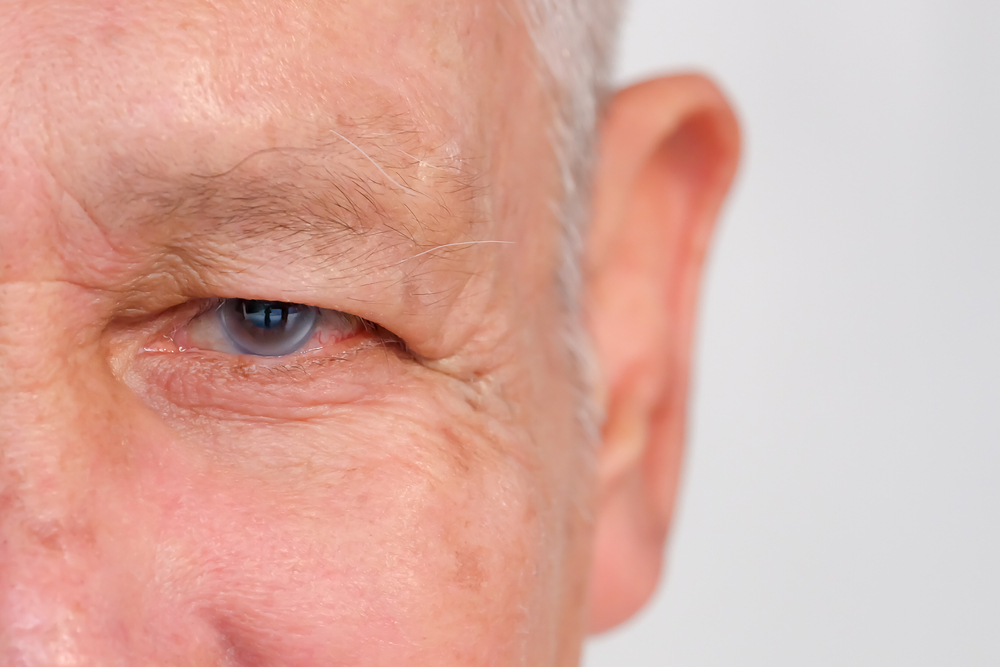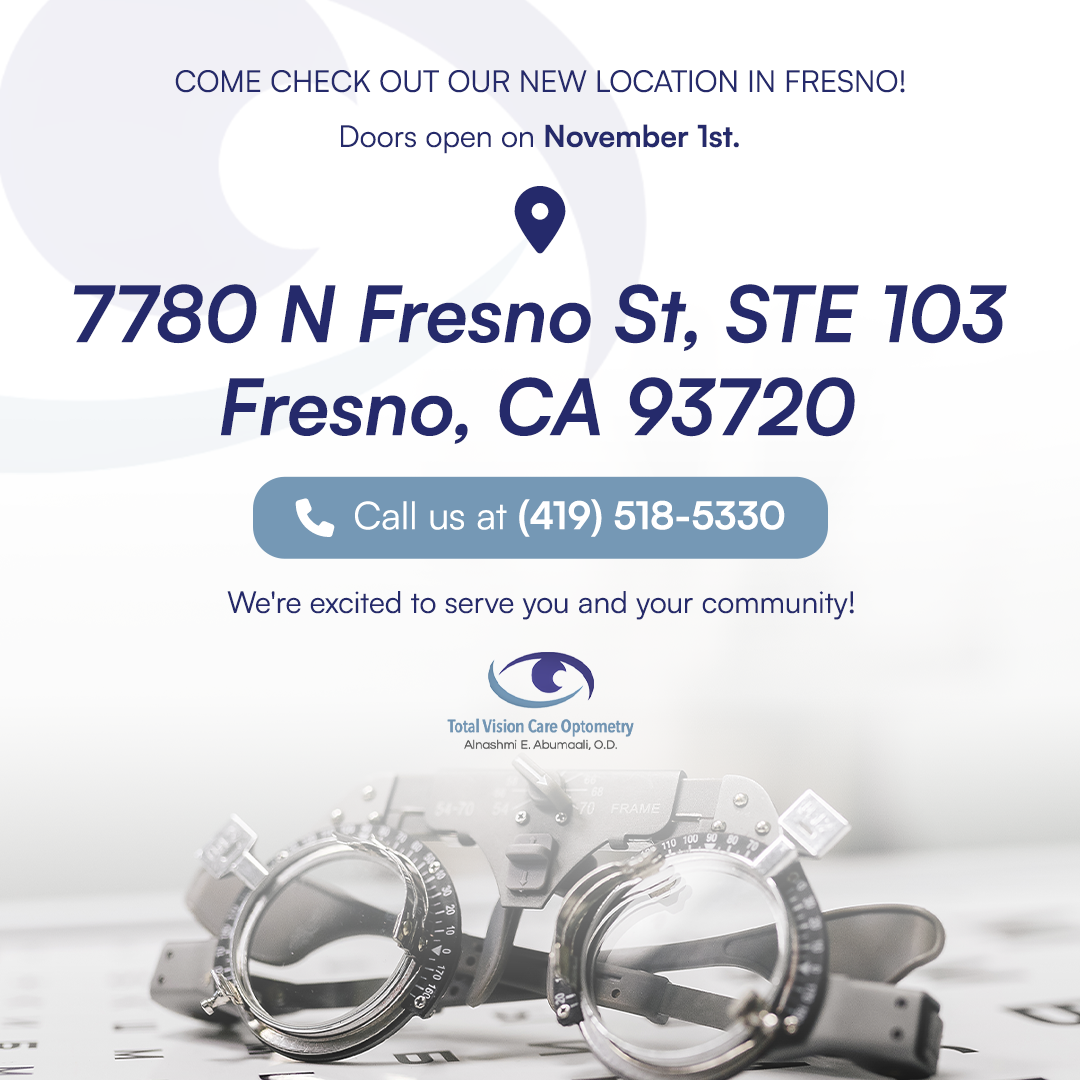
Eye diseases are medical conditions that affect the functioning of the eye and its associated structures. They range from common and easily treatable conditions to serious diseases that can cause vision loss. Understanding these diseases is the first step towards prevention and early detection.
What are the Most Common Eye Diseases?
Cataracts, is one of the most common eye diseases, characterized by clouding of the eye's lens, leading to hazy or blurred vision. This condition mostly affects older adults, although it can also occur in younger people due to other health conditions or injuries.
Glaucoma is a group of eye diseases that damage the optic nerve, which is vital for good vision. This damage is often caused by abnormally high pressure in the optic nerve. Glaucoma is one of the leading causes of blindness in people over 60.
Age-related macular degeneration (AMD) is a disease that blurs the sharp, central vision needed for activities like reading and driving. It affects the macula, the part of the eye that allows you to see fine detail.
Diabetic retinopathy is a diabetes complication that affects the eyes. It's caused by damage to the blood vessels of the light-sensitive tissue at the back of the eye (retina). Diabetic retinopathy can cause blindness if left untreated.
What are the Signs and Symptoms of Common Eye Diseases?
Each of these common eye diseases presents with unique signs and symptoms. Cataracts often start small and initially have little effect on vision. However, as the disease progresses, one may notice blurry vision, faded colors, glare, halos around light, poor night vision, and frequent prescription changes in glasses or contacts.
Glaucoma typically has no symptoms until significant vision loss has occurred. Some people may experience gradual loss of peripheral vision, tunnel vision in the advanced stages, or sudden eye pain, redness, blurred vision, and halos around lights in case of acute glaucoma.
Symptoms of AMD include seeing straight lines as wavy, reduced central vision in one or both eyes, and the need for brighter light when reading or doing close work.
Diabetic retinopathy often has no early warning signs. Over time, it can cause spots or dark strings floating in your vision (floaters), blurred vision, fluctuating vision, dark or empty areas in your vision, or vision loss.
The Role of Regular Eye Exams in Early Detection
Early detection of these diseases is crucial for effective treatment and prevention of vision loss. Comprehensive eye exams can detect these diseases in their early stages, even before symptoms appear.
During an eye exam, an optometrist examines your eye, including the retina and optic nerve, for any signs of disease. They can also measure your eye pressure, assess your peripheral vision, and test your vision sharpness. If necessary, they may dilate your pupils to get a better look inside your eyes.
Eye exams should be a part of your routine health check-ups. The frequency of eye exams depends on your age, risk factors, and whether you currently wear eyeglasses or contact lenses. Generally, adults should have their eyes checked every one to two years, while children need regular eye exams to ensure normal vision development.
Prevention and Management of Common Eye Diseases
Prevention and management of common eye diseases involve a combination of regular eye exams, a healthy lifestyle, and timely treatment when necessary. A healthy lifestyle that includes a balanced diet, regular exercise, and avoiding smoking can help prevent many eye diseases.
If diagnosed with an eye disease, it's essential to follow your doctor's treatment plan. Treatment may include medications, glasses, contact lenses, or surgery. Regular follow-ups are also necessary to monitor the disease's progression and ensure the effectiveness of the treatment.
Safeguard Your Vision and Eye Health Today
Understanding the most common eye diseases, their signs and symptoms is crucial for maintaining good eye health. Early detection through regular eye exams, coupled with a healthy lifestyle, can prevent or slow down the progression of these diseases. Always seek professional care for eye diseases and follow your doctor's advice for effective disease management.
To learn more about the most common eye diseases and how to safeguard your eye health, visit Total Vision Care Optometry at our office in Chowchilla, California. We provide a total experience that demonstrates our concern for your personal and visual welfare in a highly professional setting. Please call or text (559) 665-3797 to book an appointment today.








